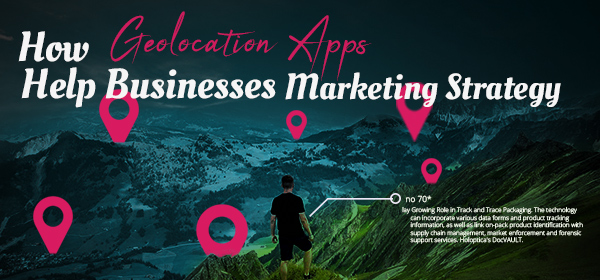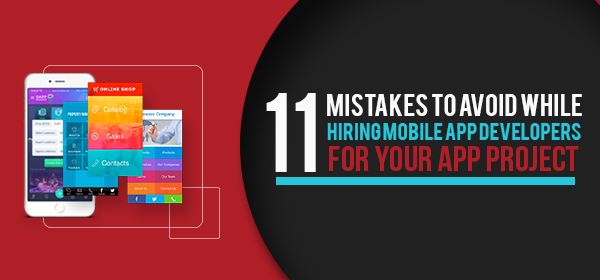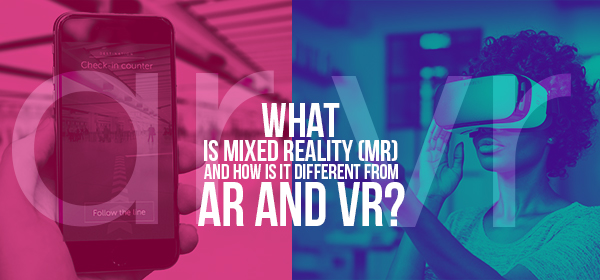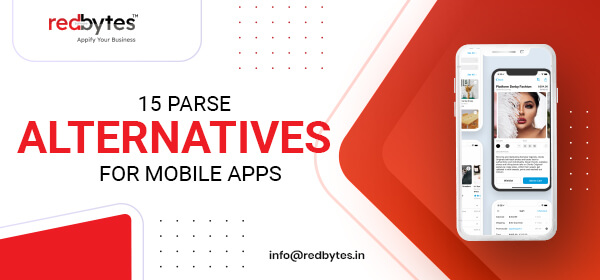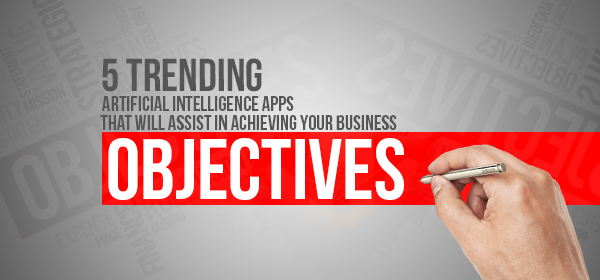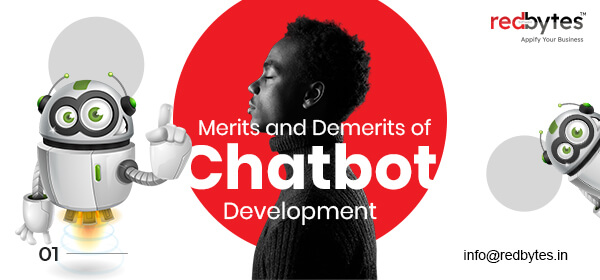Currently, every company/business is creating its own mobile-friendly websites and applications via efficient mobile app development companies to provide better customer experience and similar functionalities to a traditional desktop website. However, if your smartphone experiences are restricted to features available on your conventional desktop website then you are certainly missing out a lot of opportunities to deliver great content in context.
Understanding Geolocation Marketing:
Geolocation marketing completely focuses on customers’ needs and requirements via their mobile devices. Learning your customers’ location will help you in serving them relevant offers, deals, and discounts, and promotions and let them take a specific action. Not just one or two, geolocation marketing industry is likely to grow to $32 billion by 2021.
A greater part of world’s population consider their smart phones as an essential tool and as a result, this sort of marketing has indeed proven to be so effective and efficient. A company’s goal is to target potential customers and influence their buying behavior depending on where their mobile phone tells where they are.
Why is Geolocation Marketing so special?
1) It’s completely cost-effective:
Every single time a company completes a page for their business on a geolocation service, they are getting free advertising. Not just that, even next level forms of these marketing such as offers are extremely cost-effective when compared to various conventional strategies.
2) KYC (Know Your Customers) better:
While most of the geolocation marketing offers are made to attract new customers, these services are also an excellent strategy to identify and learn more about your current customers.
3) Reward your loyal customers:
It’s an old marketing saying “It’s better to keep the current customer than trying to attract a new customer.” Identify who your loyal customers are and reward them with special discounts and offers.
4)Attract new potential customers:
Geolocation marketing services are one of the best and effective ways to turn online prospects into new customers. Customers who never before heard or knew about you will have better chances to try your products and services for the first time.
There are some businesses who offer attractive offers to their first-time customers. Once you get to try them then it is in your hands how you retain them by providing the best solutions to their problems.
Well, the capability for smart phones to track and identify a customer’s location in real-time with a scalable level of accuracy is increasingly continuing to grow as cutting-edge technologies continue to transform the smart phone landscape.
Now, let’s take a look at how Geo-location matters in your marketing strategy:
1. As a forecast of characteristics:
From the past couple of decades, the location of a customer or even a business plays a vital part in the forecast/prediction of the characteristics of that specific person. Right from analyzing basic information from a collected household data or from anywhere else in the world, an in-depth landscape of the person or family of the demographic characteristics can be seamlessly built.
Now, this sort of family profile has proven to be very precise and correct in forecasting the characteristics of the make-up of those domains. The important element to keep in mind is that such demographic profiles are developed on the foundation of where they are based in (City or country). So once you figure where they are then you will be able to find out who they are.
In the whole process of this analysis and understanding of consumer behavior, finding out the geographic area can be extremely helpful in simply learning more about the customer than you did earlier. Such kind of information can be used to enhance the vendor/consumer touch point and improve the performance of the business for a mutual advantage.
2. Forecasting past, present, and future behavior
As an advancement from the forecast of other characteristics, analytics can also be utilized to forecast the future behavior of that particular geolocation family. Utilizing the methodologies or strategies created to forecast the character of an area, the behavioral prognosis can be developed to have an idea about the future likelihood of a domain to behave in a particular manner. Understanding the behavioral characteristics and predictions have been extremely used by location experts for better customer experiences.
3. Timing and mechanics of the buyer decision
Geolocation plays an essential part in the timing and mechanics of the buyers’ decision. For instance, environment patterns determine at what level buying becomes possible. Apart from this, there are mechanics of the buying decision that can be affected by location; extremely urbanized locations witness great levels of delivery services utilized.
In today’s modernized era, understanding a customer’s needs and preferences to respond to a particular channel such as email is vital. geolocation plays an essential part in not only forecasting the consumer behavior but also in finding out the most practical means of using sources to fit a customer’s needs depending on where they reside.
Now that we have understood the importance of the geolocation in planning a marketing strategy, let’s know the various ways how businesses can use geolocation data to plan the perfect marketing strategy.
Geolocation Marketing
Lately, beacon technology has been letting businesses exactly locate where their potential customer is at any given time, and then send them appropriate notifications regarding their latest discounts, offers, and other promotional stuff. The utility of beacon technology is one more step ahead in transforming the shift to m-commerce (Mobile commerce) by offering instant relevancy and value to consumers.
For instance, an apparel retailer might send promotional offers to a customer who is near their store or even when that person is visiting their rival’s store. According to a study by beacon platform swirl, more than 60 percent of customers tend to do more shopping at stores that have beacon marketing programs.
Micro-moment Marketing
Of course, you already might have heard the term “Micro-moments.” As Google rightly said, smartphones have forever transformed the way we live, and it also has changed the expectations of customers from the brands. It made the way to the consumers’ journey into the hundreds of real-time, intent-oriented micro-moments. Every attribute is a golden chance for businesses to shape their decisions and preferences.
Google’s research says:
— More than 80 percent of mobile phone users prefer their smartphones to influence a buying decision while in a shop.
— 60 percent of mobile phone users are more likely to take an immediate step towards resolving a problem as they have a mobile phone.
— Almost 50 percent of customers who do a local search on their mobile phones go personally and visit a store the same day, and almost 18 percent of those local searches end in purchasing within a day.
Geo-targeted mobile ads
Geo-targeted ad services from Google and MSN let brand advertisers assign search campaign holdings at a local stage. With geo-targeting choices that are available currently, customers can be targeted at area level (Country, city, state, etc.) to find out the best potential ad placements. In addition to that, Google AdWords innovated a geo-targeting attribute: Revenue location targeting. This will allow advertisers to target customers depending on their revenue level zip code.
A better technology that determines true customers and not just their devices
Increasing the effectiveness and influence of mobile marketing practices by using geo-location data to develop more customized marketing for customers. As the usage of the smartphone is greatly increasing than ever before, now is the right time for retailers to find out true customers by their smartphone. Currently, retailers have so much access to various cutting-edge tools and technologies to target right audience by market segments and devices.
